LEADING THE LOCAL NEWS REVOLUTION
Chicago has long been a “news town,” but the city’s media landscape is in a state of upheaval. The Chicago Reader, once a national model with the biggest circulation of any alternative weekly in the country, is attempting to become a nonprofit after narrowly avoiding shutdown several times. Chicago’s Spanish-language paper Hoy was shuttered last year. The storied Chicago Defender stopped producing a print edition. The Chicago Tribune has fallen under the influence of a hedge fund with a reputation for bleeding struggling newspapers of remaining revenues.
Dawn Rhodes ’09 MS joined the Chicago Tribune in 2010, when the newsroom was still reeling from the devastation inflicted by real estate mogul Sam Zell, who two years earlier left its parent company $13 billion in debt. Just short of completing a decade at the paper, Rhodes took a buyout in mid-February.
“Whatever good or bad I have to say about the institution, the people in that newsroom are outstanding, and the work they are doing, especially now, under very, very difficult circumstances, is truly admirable,” says Rhodes. “In the wake of the pandemic, the Tribune is going beyond the numbers and working really hard to tell the stories about the people who have gotten sick — the people who have died.”
In spite of the turmoil and instability in the Chicago media scene, a patchwork of startups and collaborations have sprung up to fill the void. Rhodes recently took a new job as a senior editor at Block Club Chicago, a nonprofit dedicated to covering Chicago’s diverse neighborhoods.
“Especially now that I am at Block Club, I think of all Chicago media as being an important part of a patchwork,” says Rhodes. “Everybody has their own niche and stories they tell particularly well, and they all matter.”
To help support local news operations, LNI is expanding its work with Chicago outlets through a $1 million award from the McCormick Foundation and the launch of the Metro Media Lab, a program designed to strengthen those outlets’ sustainability through partnerships in research, training and student-produced storytelling.
“Chicago right now is one of the most entrepreneurial and experimental local news markets in the country,” says Franklin, senior associate dean at Medill and a past president of the Poynter Institute, a Florida-based nonprofit journalism school and research organization.
Another entrepreneur and champion of innovation is Emily Ramshaw ’03 MS, who is preparing to launch The 19th, the nation’s first nonprofit, nonpartisan newsroom focused on the intersection of women, politics and policy.

Emily Ramshaw ’03 MS, CEO of The 19th
Ramshaw was part of a generation of newly minted journalists who had to fight their way into an increasingly strained industry in the early 2000s. Her initial career path was typical for a newspaper reporter at the time.
She joined the Dallas Morning News and started covering the suburbs. Working her way to the overnight cops beat, she eventually landed a city hall assignment. In six years with the Morning News, Ramshaw survived four rounds of layoffs.
“I watched people who had devoted their whole lives, their whole careers, to this craft being discarded, and it was exceedingly painful,” Ramshaw says. “It was a big wake-up call that something needed to change, whether it was the business model or the entire news industry.”
By 2009 Ramshaw was so discouraged that she was considering law school. Then an opportunity pulled her back into the fray.
She helped start and eventually led the Texas Tribune, a pathbreaking online publication with a new journalistic model for covering state politics — nonprofit, watchdog and nonpartisan. It was an early success story for that new approach, showing Ramshaw a path toward not just sustainability but also growth. She left the Texas Tribune in January to use the same model in launching The 19th with Amanda Zamora, the Texas Tribune’s former chief audience officer. (Andrea Valdez ’06 MS is the new organization’s editor in chief.)
“We have embarked on this venture with the goal of elevating the voices of women, particularly women of color and women off the coasts, as well as advancing storytelling that exposes disparities, presents solutions and helps advance greater equity for women nationally,” Ramshaw says. “We intersect with local news in that all of our journalism will be entirely free, not just to read but to republish. It is our hope that news organizations around the country will be able to freely distribute our storytelling to their audiences, whether it’s the El Paso Times or NBC Nightly News.”
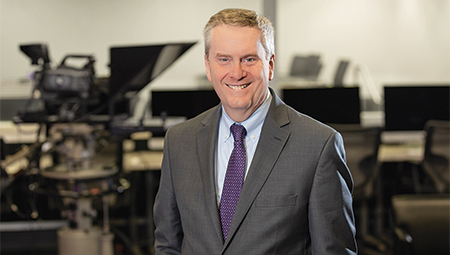
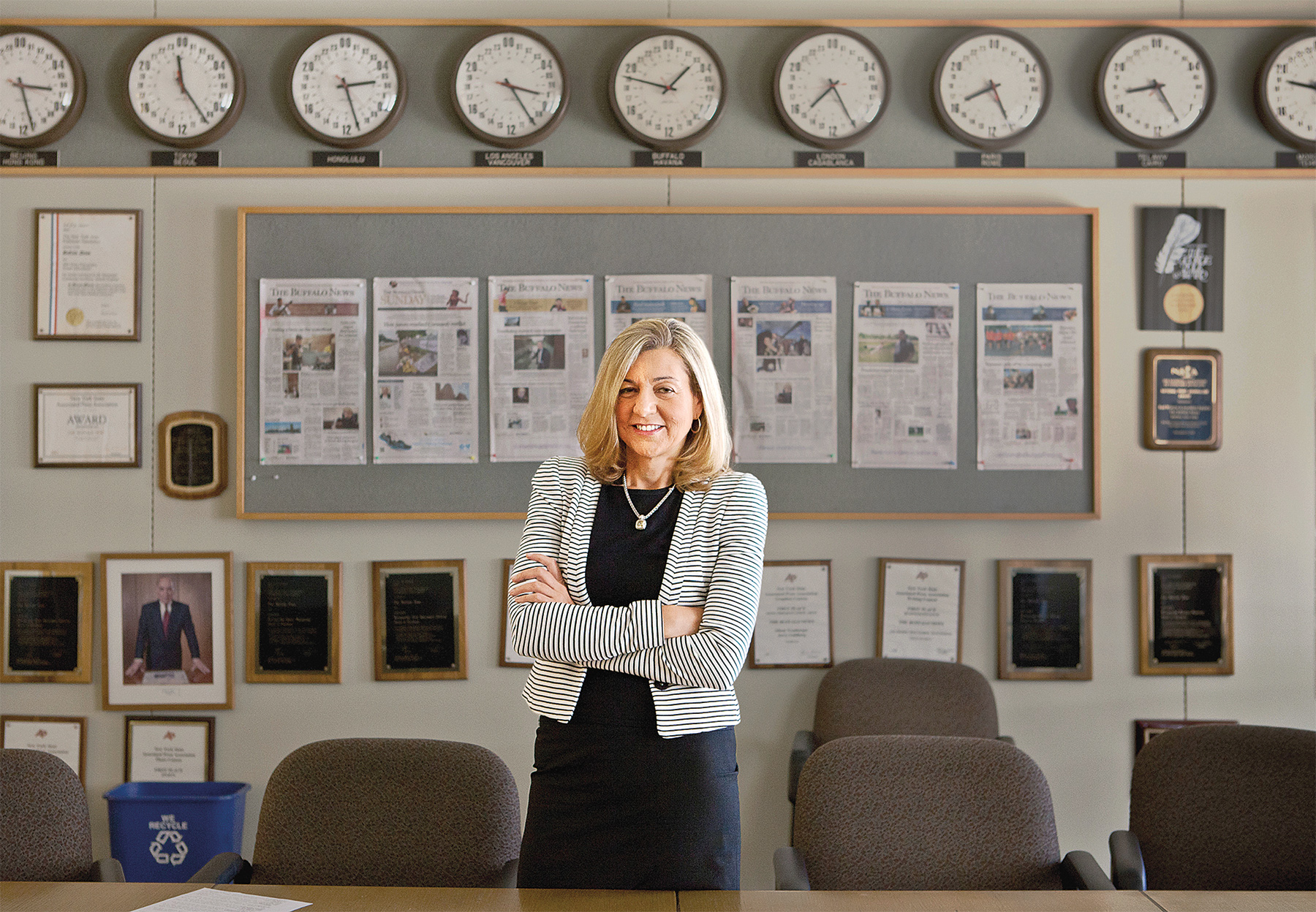


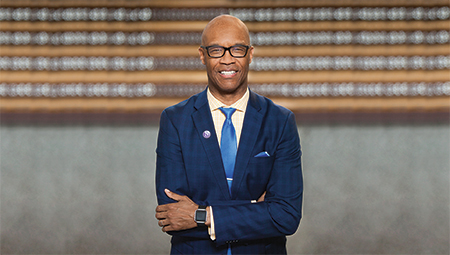
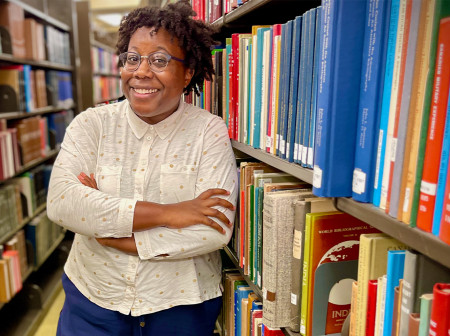

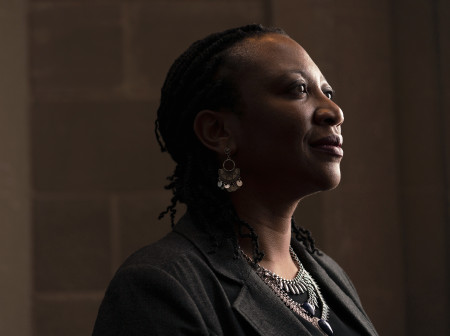
Reader Responses
Interesting piece and the Local News Initiative has done some great work, but I think many of these ideas have an outsized view of the tech capability on local news sites. And that is one place where I think most small and probably even some midlevel sites could use additional staff.
We've been successful at Mission Local in publishing first-rate content — we've been innovative in storytelling, and we have a loyal readership base. In short, we're good at what we know.
But if I knew what I know now, I would never have started a local site without a strong tech person on board as an equal partner. All of the experimenting around engagement really requires that — even much of the innovative storytelling needs some tech expertise. But really engaging with readers in a way that incorporates innovations in social media requires a level of expertise that I don't have and that none of my staff has. My first piece of advice to anyone interested in starting a local site would be this: Don't do it without a full-time tech person on board.
—Lydia Chavez San Francisco, via Northwestern Magazine
No one has commented on this page yet.
Submit a Response